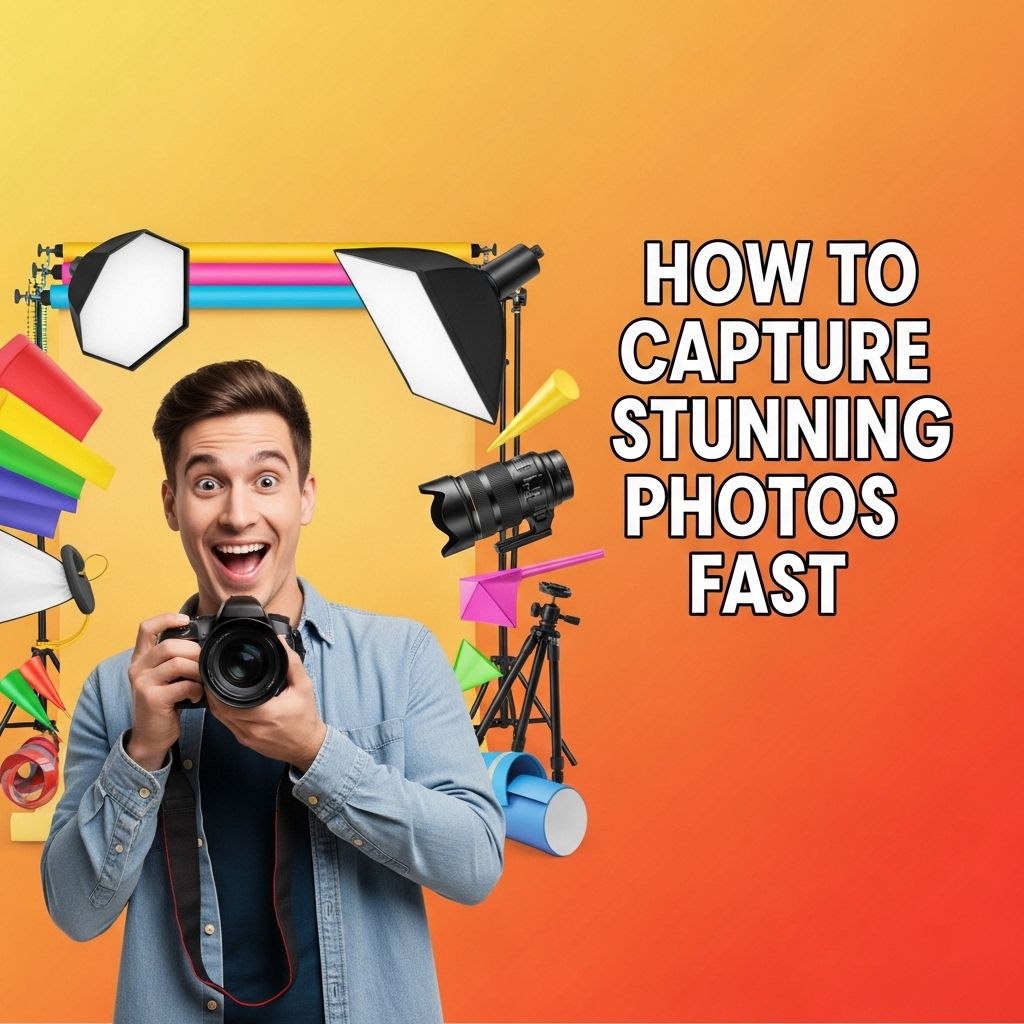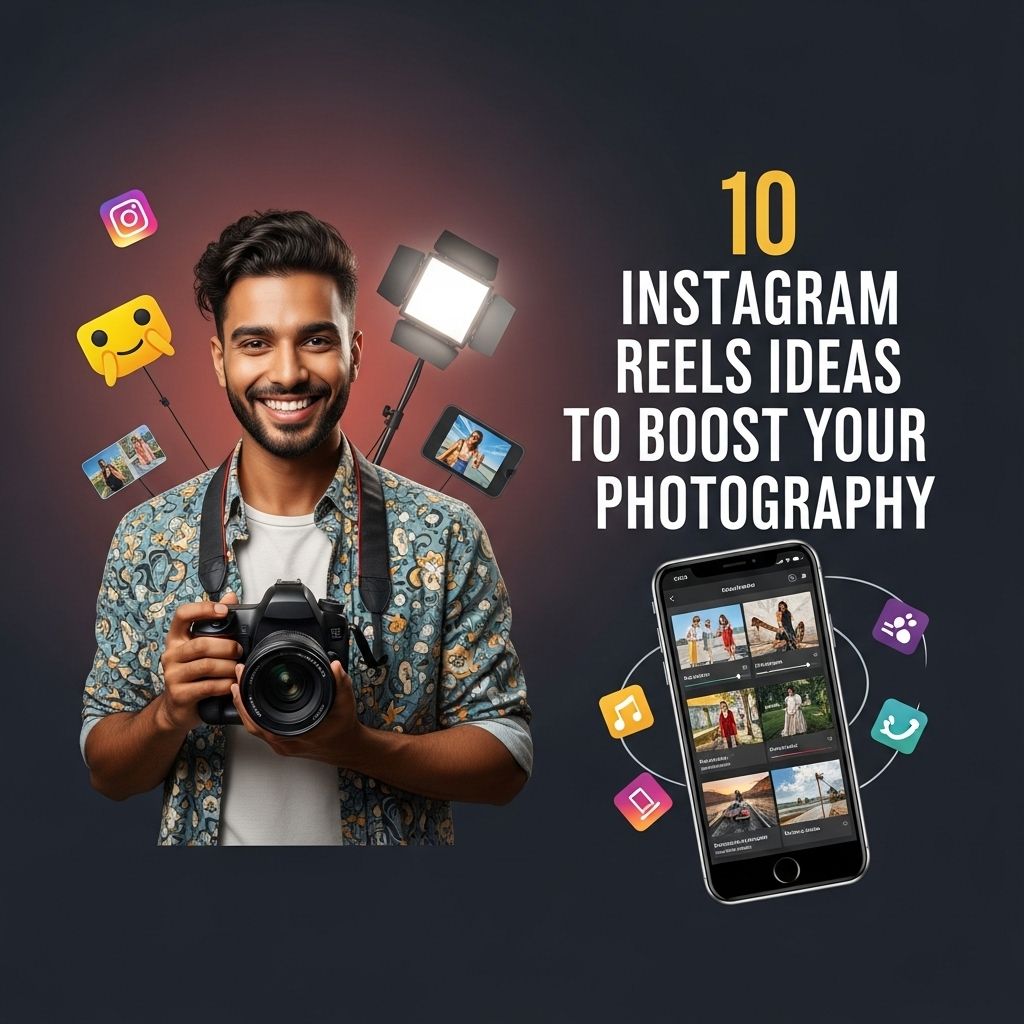In the fast-paced world of photography, the ability to capture stunning images quickly is a valuable skill. Whether you’re a professional photographer or an enthusiastic hobbyist, learning how to streamline your process can not only save you time but also elevate the quality of your work. This article explores essential tips, techniques, and tools that can help you capture breathtaking photos in minimal time.
Understanding Your Equipment
Before venturing into the field, it’s crucial to have a solid understanding of your camera and lenses. Familiarity with your gear allows you to make swift adjustments while shooting. Here are some key elements to consider:
Camera Settings
- Aperture: A wide aperture (lower f-stop number) can create a shallow depth of field, isolating your subject from the background.
- Shutter Speed: Faster shutter speeds are essential for freezing motion, while slower speeds can add a sense of motion blur.
- ISO Sensitivity: Increasing your ISO allows you to shoot in lower light conditions but can introduce noise if set too high.
Lens Selection
Choosing the right lens can significantly impact your ability to capture great photos quickly. Consider:
- Prime Lenses: These lenses typically have wider apertures and are known for their sharpness.
- Zoom Lenses: Versatile and convenient, zoom lenses can help you adapt to various shooting scenarios without needing to change lenses.
Pre-Shooting Preparation
Preparation is key to minimizing delays when you’re out shooting. Here are strategies to help you get ready:
Know Your Shooting Location
- Scout the Area: Visit the location beforehand to understand the lighting and composition possibilities.
- Plan for the Weather: Check forecasts to ensure you’re prepared for any changes in conditions.
- Timing: Golden hour—shortly after sunrise or before sunset—provides stunning natural light.
Organize Your Gear
Keep your camera bag organized for quick access to your equipment:
| Item | Function |
|---|---|
| Camera Body | Capture images |
| Lens(es) | Determine focal length and depth of field |
| Spare Batteries | Ensure your camera is powered |
| Memory Cards | Store images |
| Tripod | Stabilize your camera for long exposures |
Mastering Composition
Good composition draws viewers into your photos. Here are some fundamental techniques:
Rule of Thirds
Divide your frame into a grid of nine equal parts and try to place points of interest along these lines or at their intersections.
Leading Lines
Use natural lines in the scene—such as roads, rivers, or fences—to guide the viewer’s eye through the image.
Framing
Use elements in your surroundings to frame your subject, adding depth and context to your photos.
Shooting Techniques
Bracketing for Exposure
If you’re unsure about the proper exposure settings, use bracketing techniques to capture multiple images with varying exposures. This can help in post-processing to create HDR images.
Continuous Shooting Mode
Enable burst mode on your camera to take a series of shots in quick succession. This is particularly useful for action shots, ensuring you get the perfect moment.
Using Filters
Invest in polarizing or ND filters to enhance your images. Polarizing filters help reduce reflections and enhance colors, while ND filters allow for longer exposures in bright light.
Post-Shooting Workflow
Once you’ve captured your images, an efficient post-processing workflow can help you highlight the best shots:
Organizing Your Photos
Use software like Adobe Lightroom or Capture One to catalog and cull your images quickly:
- Rating System: Implement a star rating or flagging system to mark your favorites.
- Keywording: Add keywords for easy searching later.
Basic Editing Steps
- Adjust exposure and contrast to bring out details.
- Crop for better composition if necessary.
- Enhance colors and sharpness to make your images pop.
Conclusion
Capturing stunning photos quickly is an art that combines preparation, understanding of your gear, composition techniques, and an efficient workflow. By implementing these strategies, you’ll not only improve the quality of your images but also enjoy the creative process even more. Remember, practice is key—the more you shoot, the better you’ll become at capturing those breathtaking moments in an instant.
FAQ
What are the best camera settings for quick photography?
For quick photography, use a fast shutter speed, set your aperture to a wide setting (like f/2.8), and increase your ISO if necessary to ensure proper exposure.
How can I improve my photography speed?
Practice regularly, familiarize yourself with your camera’s settings, and use pre-set modes or custom settings for different scenarios to capture photos quickly.
What tips can help me take better photos in low light?
Increase your ISO, use a wide aperture, and consider using a tripod or stabilizing your camera to avoid motion blur.
Are there specific techniques for capturing action shots?
Use continuous shooting mode, high shutter speed, and anticipate the action to capture stunning action shots quickly.
How important is composition in fast photography?
Composition is crucial even in fast photography; follow the rule of thirds, leading lines, and framing techniques to enhance the quality of your images.
What equipment is best for capturing photos quickly?
A DSLR or mirrorless camera with a fast lens, along with a quality memory card for quick writing speeds, is ideal for capturing photos swiftly.




